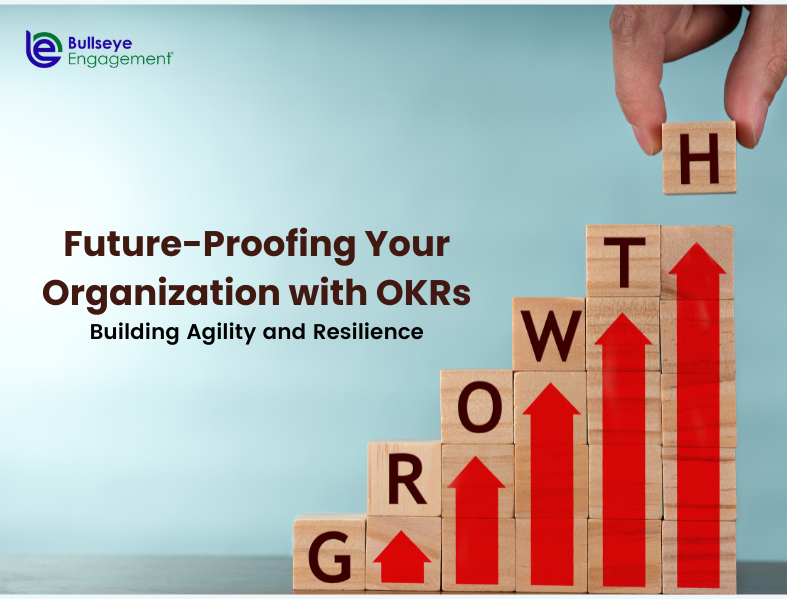With performance appraisal software you can make evaluations easily utilize you and your employee’s time more productively. Before you buy any product it is wise to compare features and prices. However, you must know what your actual needs are when comparing performance appraisal software to get the right product. Simply buying the system with lots of bells and whistles, or one that requires a lot of forms or inputs don’t necessarily give you the best solution.
Keep in mind key goals for your business that you should see benefits in:
• Improving the current level of employee performance across your organization.
• Identifying the top performing employees across the organization that are key to corporate succession, promotion and advancement.
• Identifying the divisions/departments/groups-and specific employees- that are underperforming or average.
• Improving your historical employee retention rate and understanding if your employees consider your organization a great place to work.
Before You Buy Evaluation Software:
First you have to decide whether you need web-based or customizable employee evaluation system.
Web-based Software as a Service:
Web-based software (SaaS) makes the performance appraisal software accessible from anywhere by Internet. All information is stored on a secure web SQL Server, Oracle Server, or Access Server database.
Custom Solution Software:
Custom software allows you to configure the employee evaluation process per your business requirements and specific needs.
The evaluation process can be difficult sometimes. Some employees may react defensively. Sometimes employees do not understand about the benefits of a positive appraisal. If your workers feel that there is unevenness in coming down hard on some while making it easy on others there will be disappointment and dissatisfaction. You can address these problems with the below guidelines:
Give Specific Instruction
Set and properly explain goals & standards for your employees and what they will have to do to achieve them. Never say “improve quality” & “work harder”. Rather say exactly what you want from them like, “don’t make more than two mistakes in data entry a day” or “increase sales 10% over last month’s sales”. Similarly, when you evaluate a worker, give specific instances of what the employee did to achieve the goal.
Make Deadlines
Set timelines to see improvement in employee performance. And make sure that the timeline is sufficient for that purpose. Don’t think that short and unachievable deadlines pressure employees to work harder. It frustrates them.
Set Realistic Goals
If you set unrealistic or impossible standards & goals, disappointment and resentment will result. Your Goals should take into account the realities of your workplace as well as an element of challenge beyond the easy reach.
Ignore Personality Evaluation
Just focus on the job, not on the employee’s personality. For example, don’t say the employee is “emotional and angry”. Focus on the workplace conduct that is the problem. You can say the employee “has been disobedient to the supervisor twice in the previous months. This behavior must stop.”
Handle Honestly
If you won’t tell an employee the truth about his performance problems, the worker won’t know what he or she needs to improve. Bad news is uncomfortable for everyone but everyone deserves to know where they stand and how to move forward!
Maintain Employee Evaluation Records and Data
Manage and store your evaluation data so that anyone reading it would be able to understand clearly what has happened. Remember that an evaluation might become evidence in a lawsuit. If it does, you will want the judge to see what you rated the employee.
Employees Feedback
The evaluation process should also tell you about your employees’ concerns as well as needs to be improving in areas. You should take their feedback about concerns and try to address them. You’ll gain valuable information when you ask employees what they enjoy about their jobs and working with the company. Your employees will feel like real participants in the process. You might even get some insights that could improve the evaluation.


